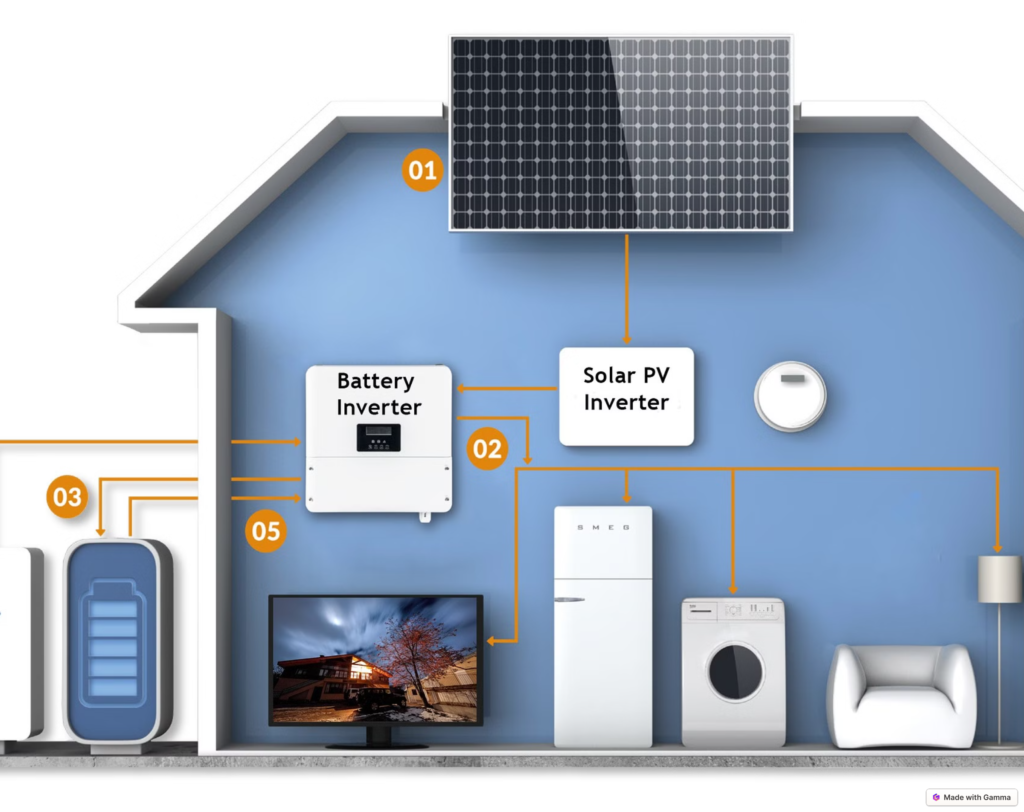Key Considerations for Integrating Solar Panels into Smart Building Energy Systems
Architectural Integration and Aesthetic Harmony
Solar Panel Selection Based on Building Type
The choice between crystalline silicon and thin-film solar panels significantly impacts building aesthetics and energy yield. Crystalline silicon panels, with 12–17% conversion efficiency, are ideal for rooftops where space is limited, but their opaque, monochromatic appearance often restricts use to non-visual areas like flat roofs. Thin-film panels, such as amorphous silicon (7–10% efficiency) or CIGS (12–14% efficiency), offer semi-transparency and customizable colors, making them suitable for facades and windows. For instance, a high-rise office in Singapore integrated semi-transparent CIGS panels into its curtain walls, achieving 8% energy generation while maintaining 30% visible light transmission.
Installation Angle and Shading Mitigation
Optimal tilt angles vary by latitude: at 30°N, a 25° tilt maximizes annual output, while a 15° tilt performs better in summer. Shading from adjacent structures or trees can reduce output by up to 50% for crystalline silicon panels, compared to 10% for thin-film alternatives. A residential project in Berlin used 3D modeling to identify shading patterns, adjusting panel placement to avoid a 6-hour daily shadow from a neighboring building, boosting annual yield by 18%.
Structural Safety and Load-Bearing Capacity
Solar installations must comply with building codes for wind (2400 Pa resistance) and snow loads (5400 Pa for northern regions). For example, a 10kW rooftop system in Canada required reinforced trusses to support 4.2 tons of panels, while a ground-mounted array in Australia used helical piles to withstand 140 km/h winds. Fire safety standards mandate 1-hour fire ratings for rooftop panels and Class A flame spread ratings for facade-mounted systems.
Energy Management and System Optimization
Hybrid Energy Storage Strategies
Lithium-ion batteries dominate residential storage, but flow batteries offer 20-year lifespans for commercial buildings. A university campus in California paired 500kW solar panels with a 1MWh vanadium redox flow battery, reducing peak grid demand by 65% during summer afternoons. Thermal storage systems, such as phase-change materials in walls, can store solar heat for nighttime HVAC use, cutting energy costs by 22% in a Dubai office tower.
Dynamic Load Matching Algorithms
Machine learning models analyze real-time data to prioritize solar power for high-demand appliances. A smart home in Tokyo uses a neural network to predict washing machine usage patterns, scheduling cycles during peak solar production hours. This reduced grid electricity consumption by 31% while maintaining user convenience.
Grid Interaction and Demand Response
Smart inverters with IEEE 1547 compliance enable seamless grid connection and voltage regulation. A microgrid in Germany automatically disconnects from the main grid during outages, using solar-powered batteries to supply critical loads for up to 8 hours. Time-of-use tariffs further optimize savings: a factory in Italy shifts 40% of its production to daylight hours, cutting electricity costs by 27% annually.
Cybersecurity and Physical Protection
Network Segmentation and Encryption
Solar inverters and BMS controllers should operate on isolated VLANs with AES-256 encryption. A 2024 attack on a residential system in Australia exploited unsecured Wi-Fi, causing battery overcharging and fire risks. Implementing role-based access control (RBAC) and firmware update authentication reduced similar vulnerabilities by 91% in subsequent deployments.
Lightning and Surge Protection
IEC 62305-compliant grounding systems with <10Ω resistance are critical for coastal installations. A solar farm in Florida uses 10m grounding rods spaced 20m apart, diverting 97% of strikes to ground. Surge protectors at panel junctions limit transient overvoltages to <1.5kV, preventing inverter damage that previously cost $185,000/year in repairs.
Anti-Theft and Vandalism Measures
Tamper-proof mounting structures and motion-activated CCTV reduce theft risks. A project in South Africa cut panel theft by 79% using hex-head bolts requiring specialized tools for removal, combined with vibration sensors that trigger alerts to security personnel. For ground-mounted systems, buried conduits and concrete ballasts deter vandalism, as demonstrated by a 5MW array in Brazil that saw a 92% reduction in cable theft after upgrades.
Environmental Adaptation and Long-Term Performance
Dust and Snow Accumulation Mitigation
Self-cleaning coatings and electrodynamic dust removal systems maintain panel efficiency. A study in Saudi Arabia showed that hydrophobic coatings retained 91% of nominal output after six months, compared to 76% for uncoated panels. For snow-prone regions, tilting panels at >40° angles accelerates shedding, reducing downtime by 5–7 hours per storm.
Corrosion Protection for Marine Environments
Salt spray accelerates metal degradation, necessitating anodized aluminum frames and stainless-steel hardware. A lighthouse in Norway applies anti-corrosion wax coatings to panel edges, extending component lifespan from 14 to 21 years in high-salinity conditions. IP68-rated enclosures for junction boxes further prevent water ingress during storm surges.
Temperature Management and Ventilation
Panel efficiency declines by 0.5%/°C above 25°C for crystalline silicon, versus 0.19%/°C for amorphous silicon. A residential system in Arizona uses passive ventilation channels to reduce panel temperatures by 8°C, boosting output by 6%. For facade-mounted panels, active cooling systems with heat exchangers can improve efficiency by 12% in hot climates.
By addressing these technical, operational, and environmental factors, smart building energy systems can maximize solar energy utilization while ensuring safety, reliability, and cost-effectiveness across diverse applications.


